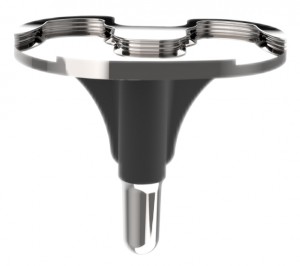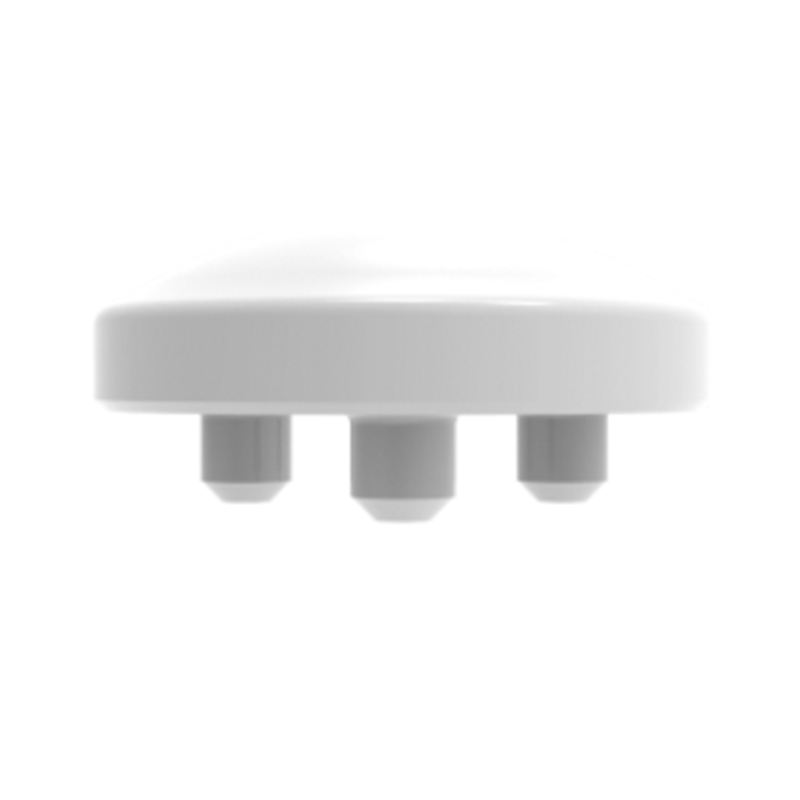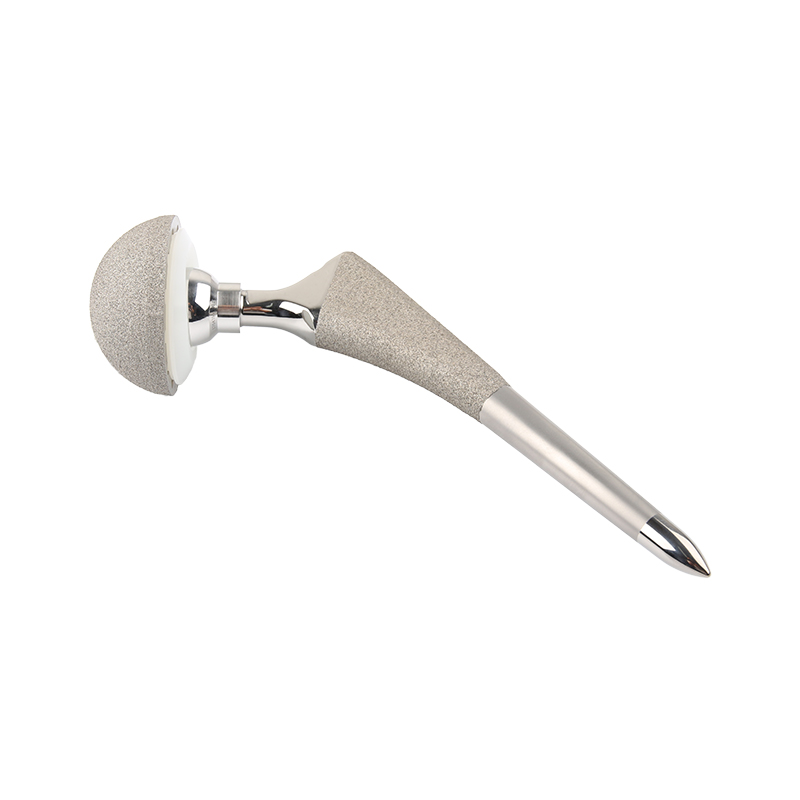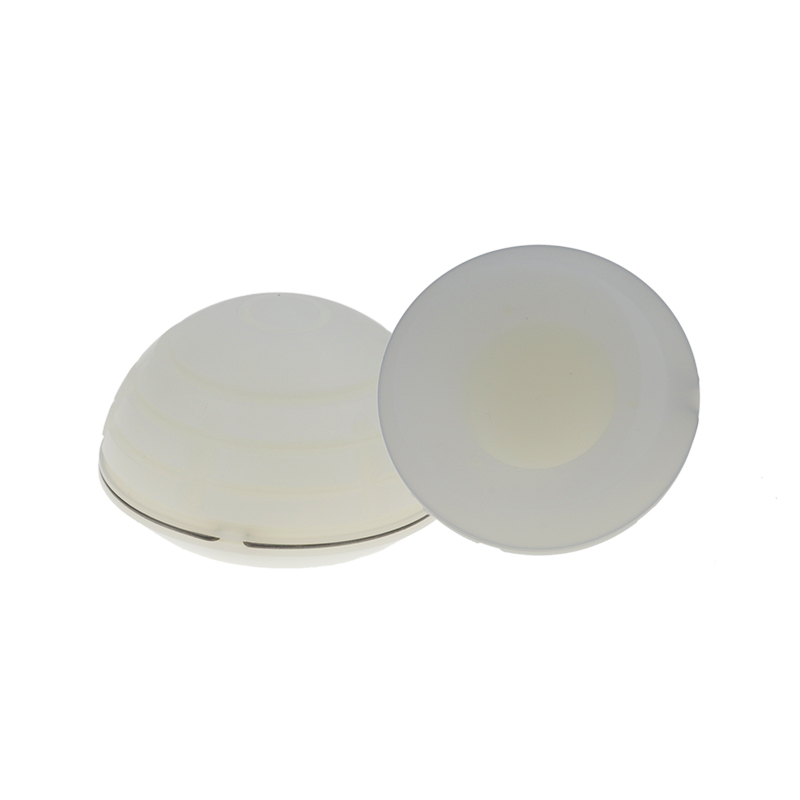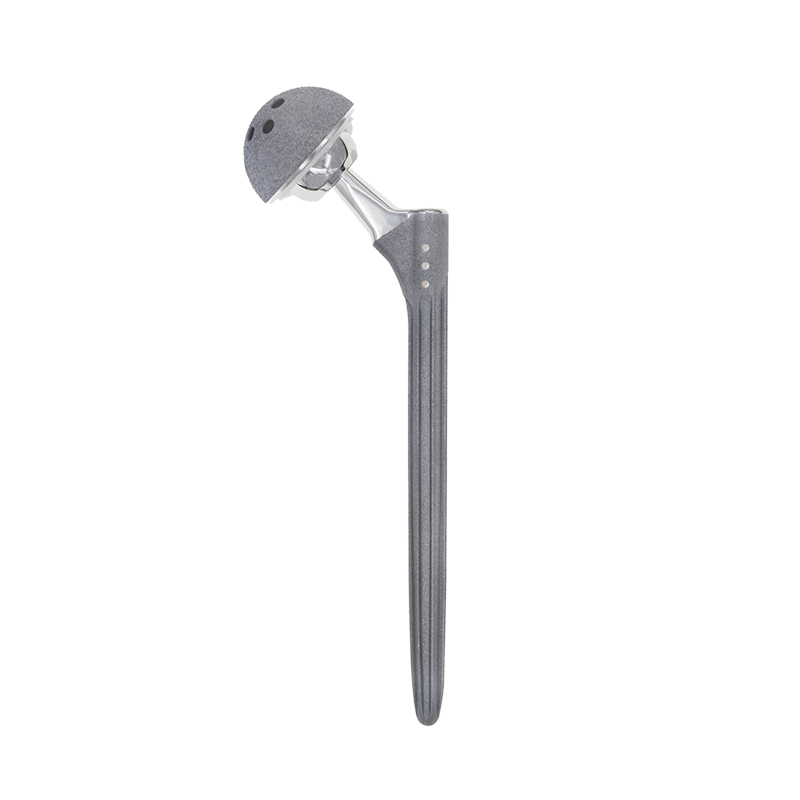Enable Tibial Baseplate for Knee Replacement Joint Implants
Enable Tibial Baseplate for Knee Replacement Joint Implants
Product Features
The highly polished locking surface reduces abrasion and debris.
The varus stem of tibial baseplate fits medullary cavity better and optimizes the positioning.
Universal length and matchable stems

Through press fit,the improved wing design reduces bone loss and stabilizes anchoring.
The big wings and contact area increase rotational stability.
The rounded top reduces stress pain


Flexion 155 degree can be achieved with good surgical technique and functional exercise

3D printing sleeves to fill large metaphyseal defects with porous metal to allow ingrowth.
Clinical Application


knee joint implants Indications
Rheumatoid arthritis
Post-traumatic arthritis, osteoarthritis or degenerative arthritis
Failed osteotomies or unicompartmental replacement or total knee replacement
knee joint replacement Parameter
| Enable Tibial Baseplate
|
1# Left |
| 2# Left | |
| 3# Left | |
| 4# Left | |
| 5# Left | |
| 6# Left | |
| 1# Right | |
| 2# Right | |
| 3# Right | |
| 4# Right | |
| 5# Right | |
| 6# Right | |
| Enable Femoral Component (Material: Co-Cr-Mo Alloy) | PS/CR |
| Enable Tibial Insert (Material:UHMWPE) | PS/CR |
| Enable Tibial Baseplate | Material: Titanium Alloy |
| Trabecular Tibial Sleeve | Material: Titanium Alloy |
| Enable Patella | Material:UHMWPE |
A knee joint tibial baseplate is a component of a knee replacement system that is used to replace the tibial plateau, which is the top surface of the tibia bone in the knee joint. The baseplate is typically made from metal or a strong, lightweight polymer material and is designed to provide a stable platform for the tibial insert.During knee replacement surgery, the surgeon will remove the damaged portion of the tibia and replace it with the tibial baseplate. The baseplate is attached to the remaining healthy bone with screws or cement. Once the baseplate is in place, the tibial insert is inserted into the baseplate to form the new knee joint.The tibial baseplate is an important component of a knee replacement system, as it is responsible for providing stability to the knee joint and ensuring that the tibial insert stays securely in place. The design of the baseplate is critical, as it must mimic the natural shape of the tibial plateau and be able to bear the weight and forces placed upon it during normal joint movement.Overall, knee joint tibial baseplates have greatly improved the outcomes of knee replacement surgery and have allowed patients to regain mobility, reduce pain, and improve their overall quality of life.





